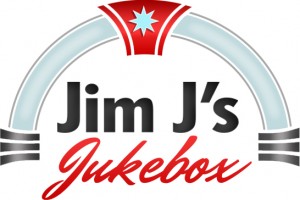The Great American Songbook
Legacy Statement
James P Jimirro
I always believed I had a special way of hearing music – and my high school classmates agreed. In the ninth grade, I overheard one of my buddies ask another about a certain pop song of the day (by Don Cornell, as I recall). The classmate replied, “I didn’t know; ask Jim, he’ll know”.
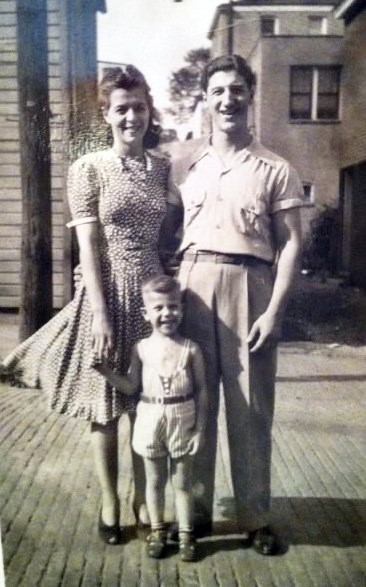
Mom, Dad and Me
Why, when all the kids listened to and loved “their” music, did I seem to have this gift?
Of course, there is no answer.
My mom and dad must have known this. One time, on a visit to New York, they went to the New Yorker Hotel to see the Ralph Flanagan band. They asked Ralph to write to me and he did. Here is the letter he sent to my freshman dorm at Penn State. I found it only recently, and was happy to:
1) recognize how my parents understood my love for music and knew how thrilled I would be, and
2) know how much they loved me.
My passion for music continued unabated.
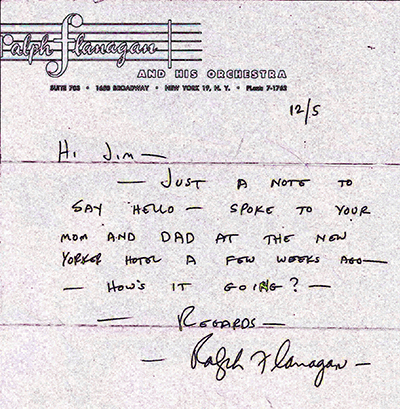
Letter from Ralph Flanagan
I loved it all as I enjoyed some musical eras only in retrospect, and lived through others in real time. Big band (Les Brown); 50’s pop (Joni James); early rhythm and blues (The Diamonds); Doo Wop (Jimmy Beaumont and the Skyliners); 60’s pop (Sergio Mendes); 70’s pop (Dionne Warwick). And, always, Frank Sinatra.
By the late 80’s most popular music had left me, and I began to cherish and hold more dear the classic popular music that was living on as the Great American Songbook: writers like Cole Porter and Richard Rodgers, singers like Bobby Darin and Sarah Vaughn, groups like the Axidentals and the Four Freshmen, arrangers like Billy May and Don Costa, bands like Stan Kenton and Count Basie.
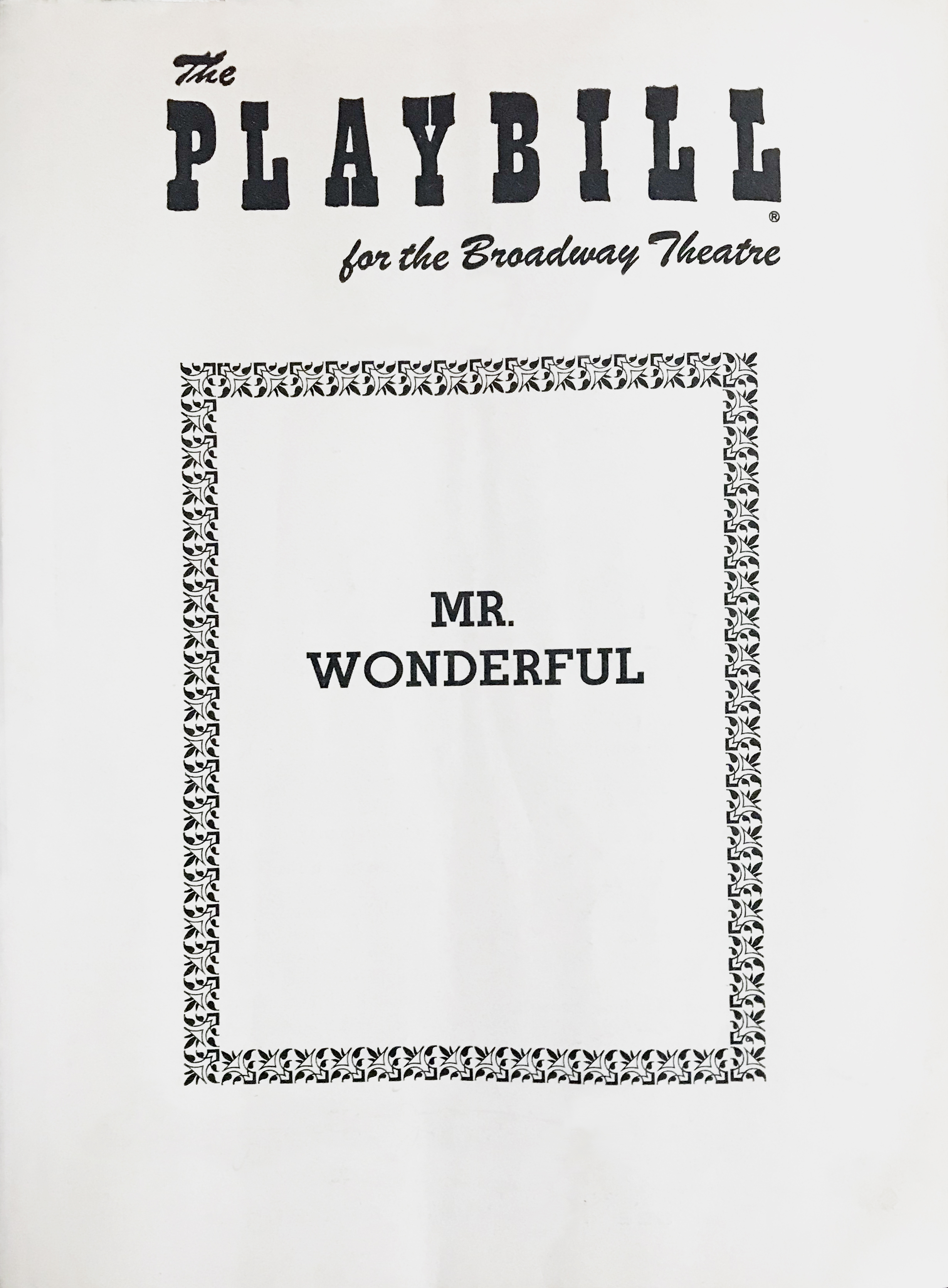
Program for “Mr. Wonderful”
My second track was musical theatre. My first show was Mr. Wonderful with Sammy Davis Jr., and I still love Too Close for Comfort and the title song from that show. From that point on, I saw them all, often multiple times. Original cast albums became treasures, and the great musicals of the golden age became part of my personal repertoire. Kander and Ebb, Cy Coleman, Bock and Harnick, Jule Styne, Lerner and Loewe, Jerry Herman, Stephen Sondheim. They became, and remain, my heroes.
Later, musical theatre, like pop music, largely left me, with its rock and jukebox musicals, and Las Vegas-style spectacles. But I still have the cannon – on my record shelves and in my heart.

Ol’ Blue Eyes
And then, there was Frank Sinatra.
I first “got” Frank when, as a teenager home from school on a lunch break, he was singing the original Columbia version of American Beauty Rose.
My first time seeing Frank was in the summer of 1960. I had scored a summer job at WCAU-TV in Philadelphia. Sinatra was appearing at the 500 Club in Atlantic City and I wanted to see him…a lot. I deigned to ask my boss Bob Pryor, if I could take a day off and drive to Atlantic City to see Sinatra. He said yes, and soon I was barreling down the Black Horse Pike to see the first of many performances by Ol’ Blue Eyes that I would be lucky enough to attend.
Over the years, I saw him in Las Vegas (Caesar’s Palace, Golden Nugget, Desert Inn, Sands, Bally’s); New York (Carnegie Hall, Madison Square Garden); Los Angeles (Universal Amphitheater, Cerritos Performing Arts Center); Miami (Fontainebleau, Eden Roc); Philadelphia (Latin Casino); London (Royal Festival Hall)).
I wrote “My Conversation with Frank Sinatra” when he died in May, 1998. I read this paper at a Frank Sinatra convention at Hofstra University in October 1998. His youngest daughter Tina was there, and, still raw from losing her father, she cried when she heard it.
But, Frank Sinatra left me, too.
So back to the classics. They were still thriving on the web, and showing up regularly on movie soundtracks, in coffee shops and fine-dining restaurants, on television and radio commercials, on cruise ships, and at performing arts centers (increasingly on Sunday afternoons as the demographic grew older). The original greats were supplemented by singers from other genres that joined the parade and turned to the standards: pop (Linda Ronstadt)); opera (Tiri TeKanawa); country (Willie Nelson); rock (Rod Stewart); Motown (The Supremes), and on and on.

Jim J’s Jukebox at The Beverly Hills Public Library
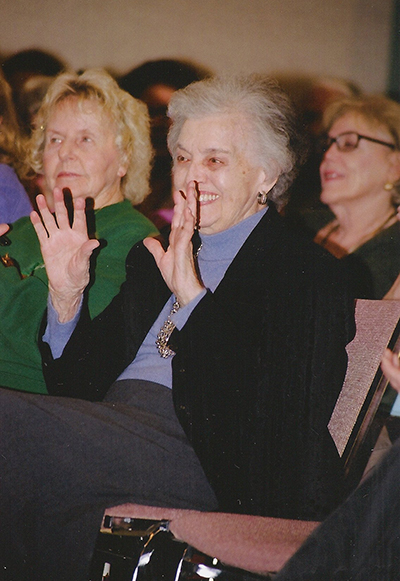
Mom, #1 fan
As time went on, I decided to do more than just listen and enjoy, but also to share. I developed a music lecture concept and presented it to the Beverly Hills Public Library.
No training, no coursework, no portfolio.
They looked at me quizzically, as if to ask,
“Why you?” “Why now?” “Why here?”
But they said yes, and I am now in my 23rd year presenting at the library. It is the most widely-attended lecture series they have ever sponsored. Somewhere along the way, it became Jim J’s Jukebox.
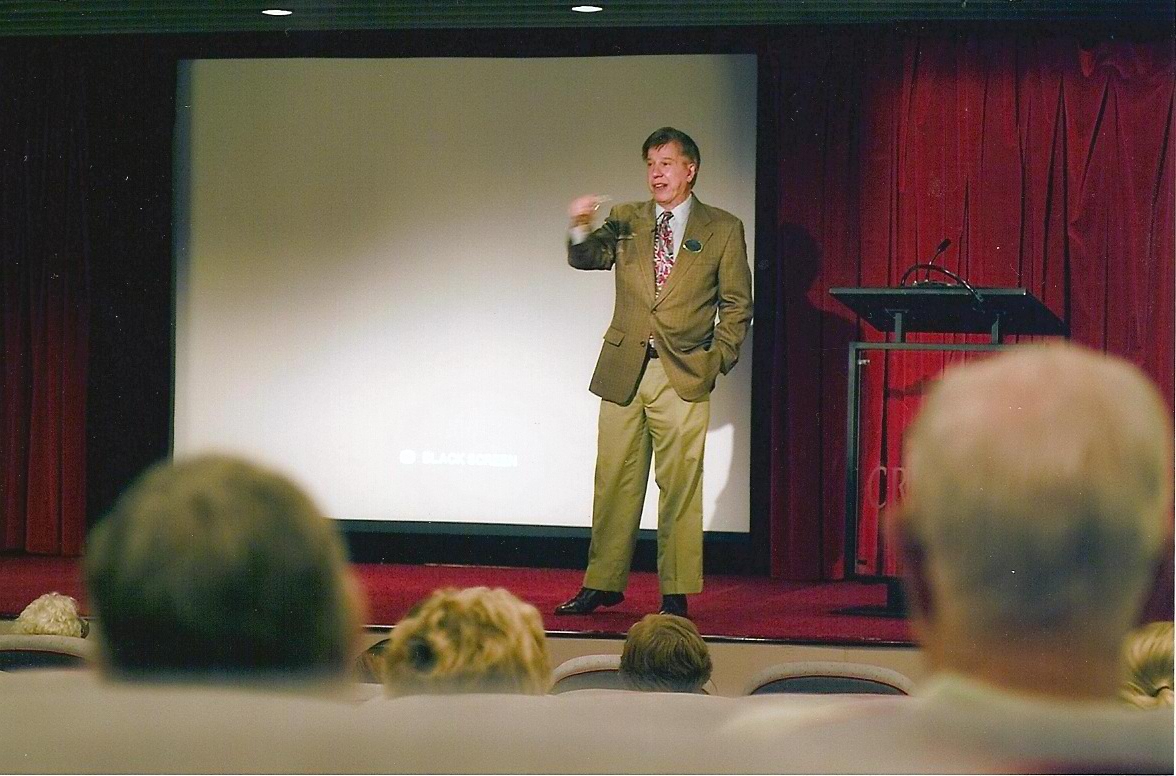
Lecture at Sea
Recently the Big Apple called, and there are music lectures at the New York Public Library for The Performing Arts at Lincoln Center, and at the legendary 92nd Street Y. And I am a regular on the cruise ship circuit all over the world, and at many other venues, as well.
These lectures are satisfying and fulfilling in a way that is difficult to describe. Pure joy for me, and so it seems, for the audiences, as well.
But there is more that can be done.
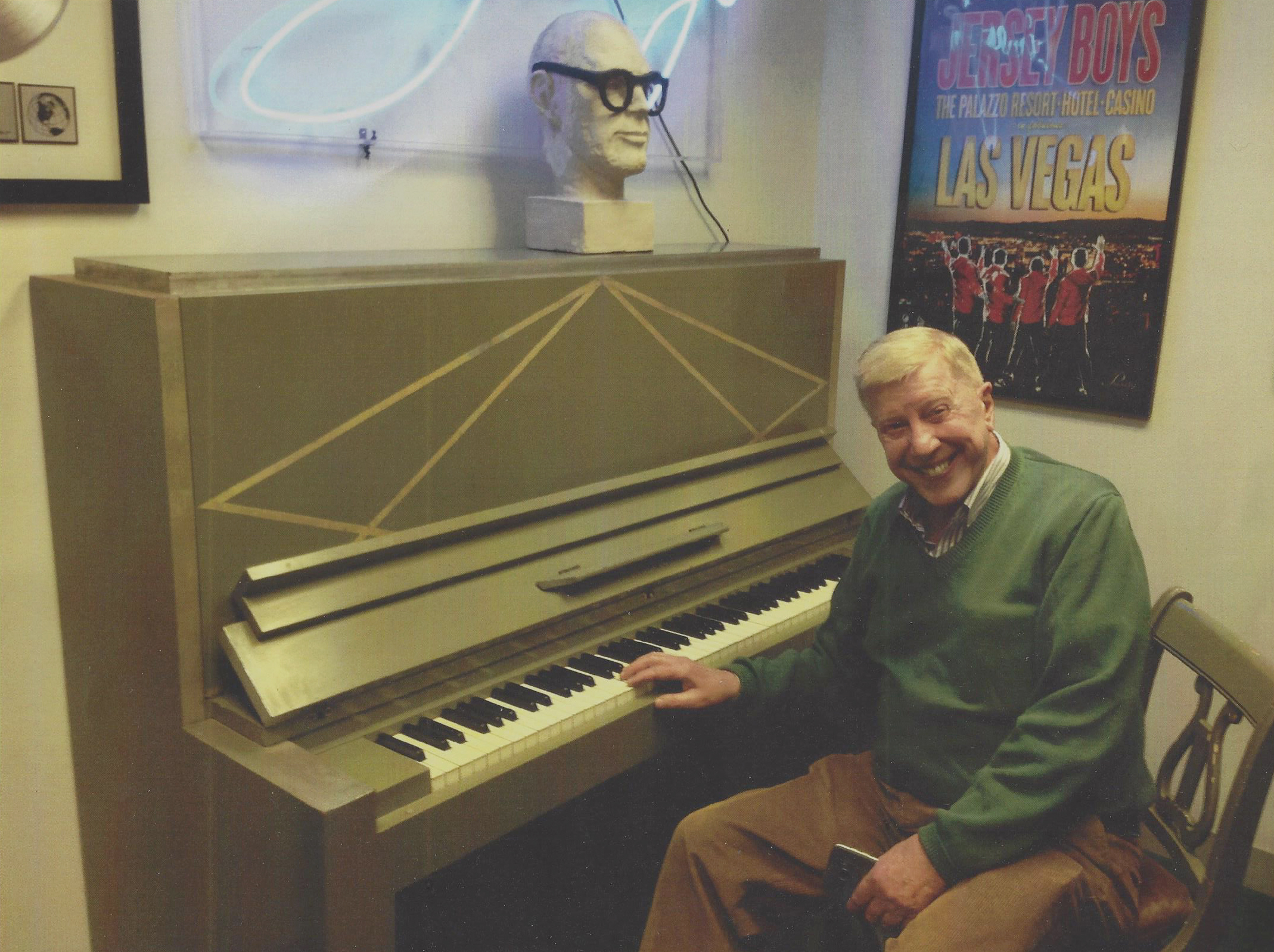
Sitting at Jimmy McHugh’s Piano
How can we ensure that new generations are exposed to this music? How can we encourage young songwriters to understand that writing music is an art and craft as well as a means of self-expression? That, as Johnny Mercer said, “You must take pains to craft a good rhyme; to employ humor and irony in lyrics; to write in more sophisticated keys and harmonies and time signatures”. To avoid what Stephen Sondheim calls “the blunt and flavorless”.
Our foundation will initiate and support programs designed to advance these goals: better listening; better writing; better appreciation.
This music and the legacy are worthy of that.
